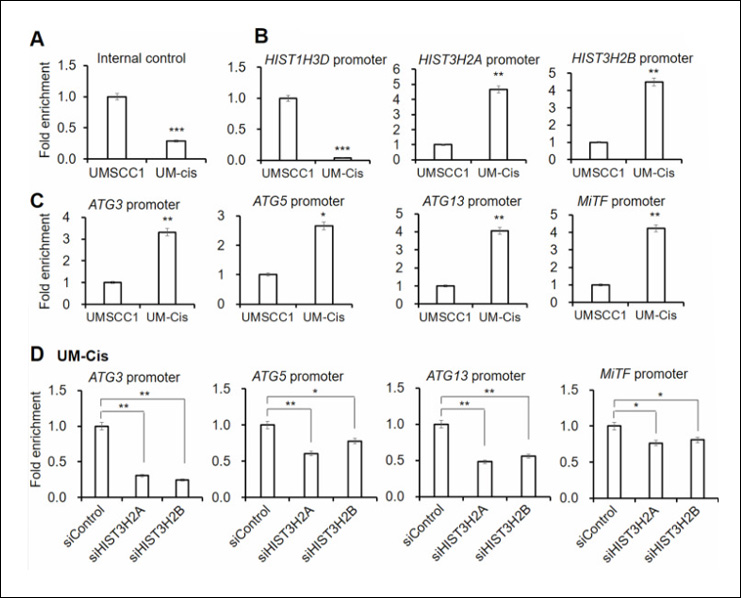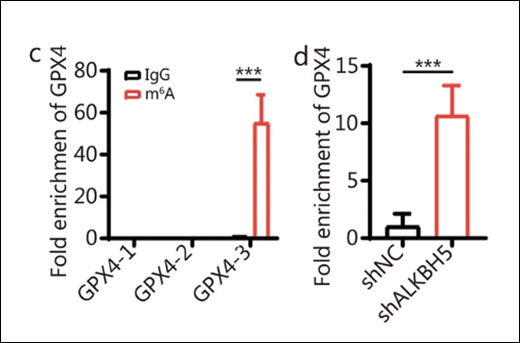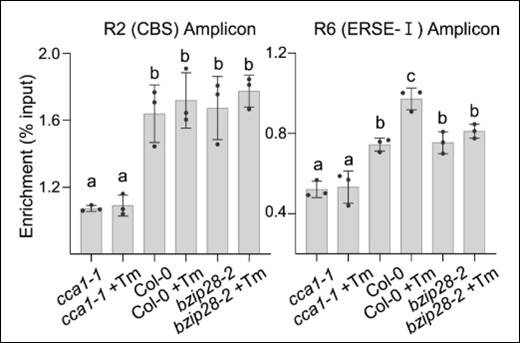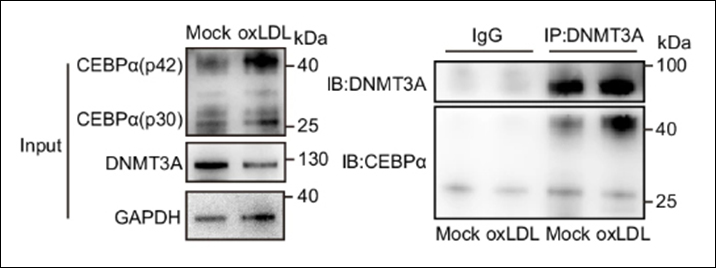Mittal P et. al. (August 2024). PHF6 cooperates with SWI/SNF complexes to facilitate transcriptional progression Nat Commun. 15(1):7303.
This study examines how PHF6 collaborates with SWI/SNF chromatin remodeling complexes in transcriptional regulation. Using a CRISPR-Cas9 screen in SWI/SNF-mutant rhabdoid tumor cells, researchers found that PHF6 is essential for cell survival. PHF6 co-localizes with SWI/SNF at promoters to maintain active chromatin. In the absence of SMARCB1, PHF6 loss disrupts SWI/SNF function, leading to stalled transcription. These findings reveal a critical dependency in SMARCB1-mutant cancers and a potential link to Coffin-Siris syndrome.
Products Used: EpiQuik Total Histone Extraction Kit
Zhu H et. al. (August 2024). Therapeutic potential of tLyp-1-EV-shCTCF in inhibiting liver cancer stem cell self-renewal and immune escape via SALL3 modulation in hepatocellular carcinoma ransl Oncol. 49:102048.
This study explores the use of tLyp-1-modified extracellular vesicles (EVs) with CTCF shRNA (tLyp-1-EV-shCTCF) to treat hepatocellular carcinoma (HCC) by targeting liver cancer stem cells (LCSCs). The treatment upregulates SALL3, which disrupts CTCF-DNMT3A interaction, reduces mitochondrial DNA methylation, and suppresses glycolytic reprogramming. This leads to decreased LCSC self-renewal and immune evasion. In vivo, tLyp-1-EV-shCTCF reduces tumor growth and boosts immune response, suggesting a promising therapeutic strategy for HCC.
Products Used: MethylFlash Methylated DNA 5-mC Quantification Kit (Colorimetric)
Liu X et. al. (August 2024). WTAP promotes fibroblast-like synoviocyte pyroptosis in Rheumatoid arthritis by upregulating N6-methyladenosine modification of NLRP3 Liu X et. al. (August 2024).
This study investigates how WTAP influences rheumatoid arthritis (RA) by modifying NLRP3 through N6-methyladenosine (m6A), affecting inflammation and pyroptosis in fibroblast-like synoviocytes (FLSs). In RA models, WTAP is upregulated, stabilizing NLRP3 mRNA. WTAP silencing reduces pyroptosis and inflammation, while overexpression increases them. These results suggest that targeting WTAP could be a therapeutic strategy for RA.
Products Used: EpiQuik m6A RNA Methylation Quantification Kit (Colorimetric)
Rath SK et. al. (August 2024). Loss of tet methyl cytosine dioxygenase 3 (TET3) enhances cardiac fibrosis via modulating the DNA damage repair response Clin Epigenetics. 16(1):119.
This study explores the role of TET3, a DNA demethylating enzyme, in cardiac fibrosis. TET3 is reduced in fibrosis and plays a crucial role in maintaining genomic integrity by facilitating error-free homologous recombination (HR) repair of DNA damage. Loss of TET3 leads to increased DNA damage and a shift to the less accurate non-homologous end joining repair pathway, enhancing fibroblast proliferation. The study highlights TET3's potential as a therapeutic target for managing cardiac fibrosis.
Products Used: MethylFlash Global DNA Hydroxymethylation (5-hmC) ELISA Easy Kit (Colorimetric)




 Cart (0)
Cart (0)













